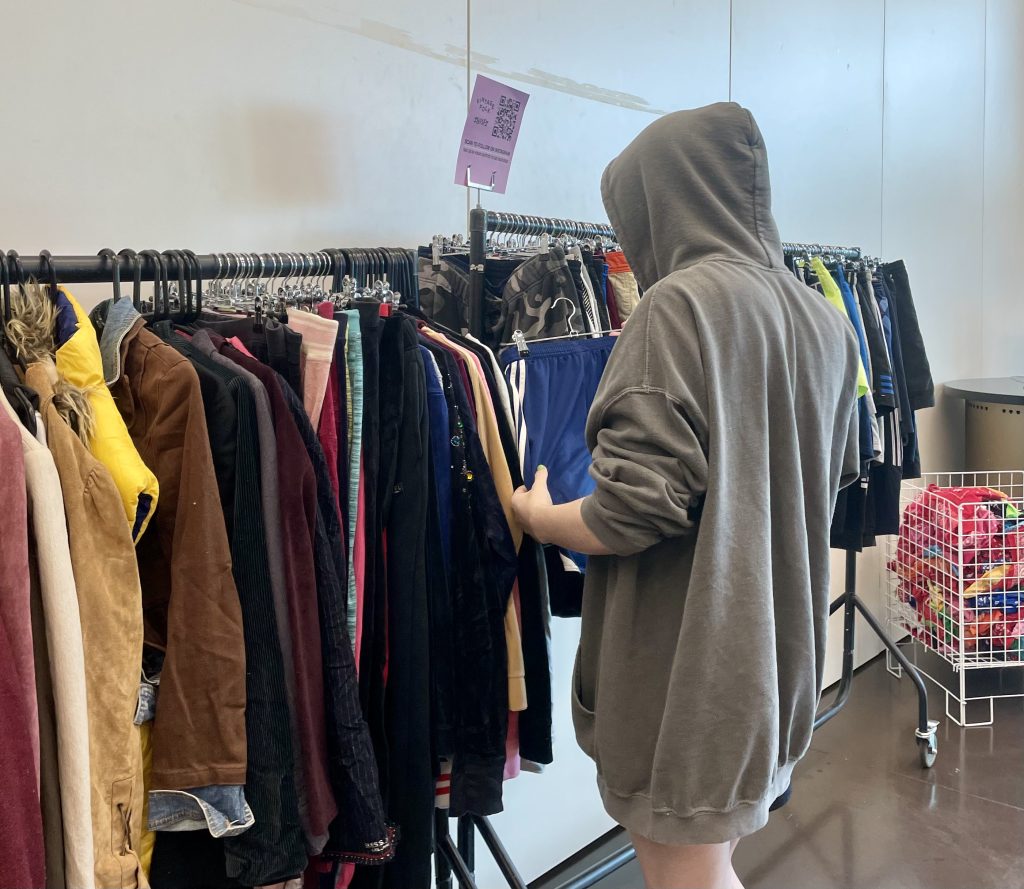Local thrift pop-up manager claims people have more money than sense.

Shopping for second hand clothing has become a recent trend amongst young people.‘Thrifting’ as it is more commonly known, allows people to shop high street brands for low prices and offers a sustainable alternative to fast fashion. Retailers Primark and H&M dominate the fashion industry, churning out inexpensive, trend driven clothing at speed. Yet this rapid turnover comes at a significant cost to the environment. According to Business Waste, around 30% of unwanted clothes end up in UK landfills .
Vintage Folk are a Manchester based company that specialise in sourcing second hand pieces in order to sell for a fair price. They travel across the country, bringing their pop up ‘Thrift’ to Universities students, offering prices as low as £3.
Jordan Pimblett, the Events Manager at Vintage Folk spoke about his experiences with consumers of thrifted goods. “Thrifting started off as a way for underprivileged people to get their hands on clothes second hand. There is still a stigma on secondhand clothing, but we see a change in Universities, seeing things like North Face or Nike for less than £5 the opinion really changes.”
The increase in popularity of thrifting ignites discussions about sustainability within the fashion industry. Primark have stated that they are committed to further strengthen the durability of their clothes by 2025. Often quality clothing comes at a much hihger price. During the cost of living crisis, it’s important for people to be able to afford good quality clothes at a lower price and that can be achieved through purchasing second-hand clothing.
Vintage Folk receive their stock from container shipments, large amounts of clothes that otherwise would have ended up in landfill.
“It’s surprising what people do throw away, some of the stuff we get through still has tags on. Some people have more money than sense. The issue with fast fashion isn’t so much the buying of it, it’s wearing something and then throwing it out 5 minutes later. You could easily give it to a charity shop or sell it on and then when someone else wears it, the clothing has new life”.
By embracing thrifting, we are striving our way towards a greener future and reducing the environmental footprint fashion has on the world. So the next time you’re having a wardrobe clear out, make sure to donate your clothes in order to give them a new life and help to build a more sustainable fashion industry for generations to come.